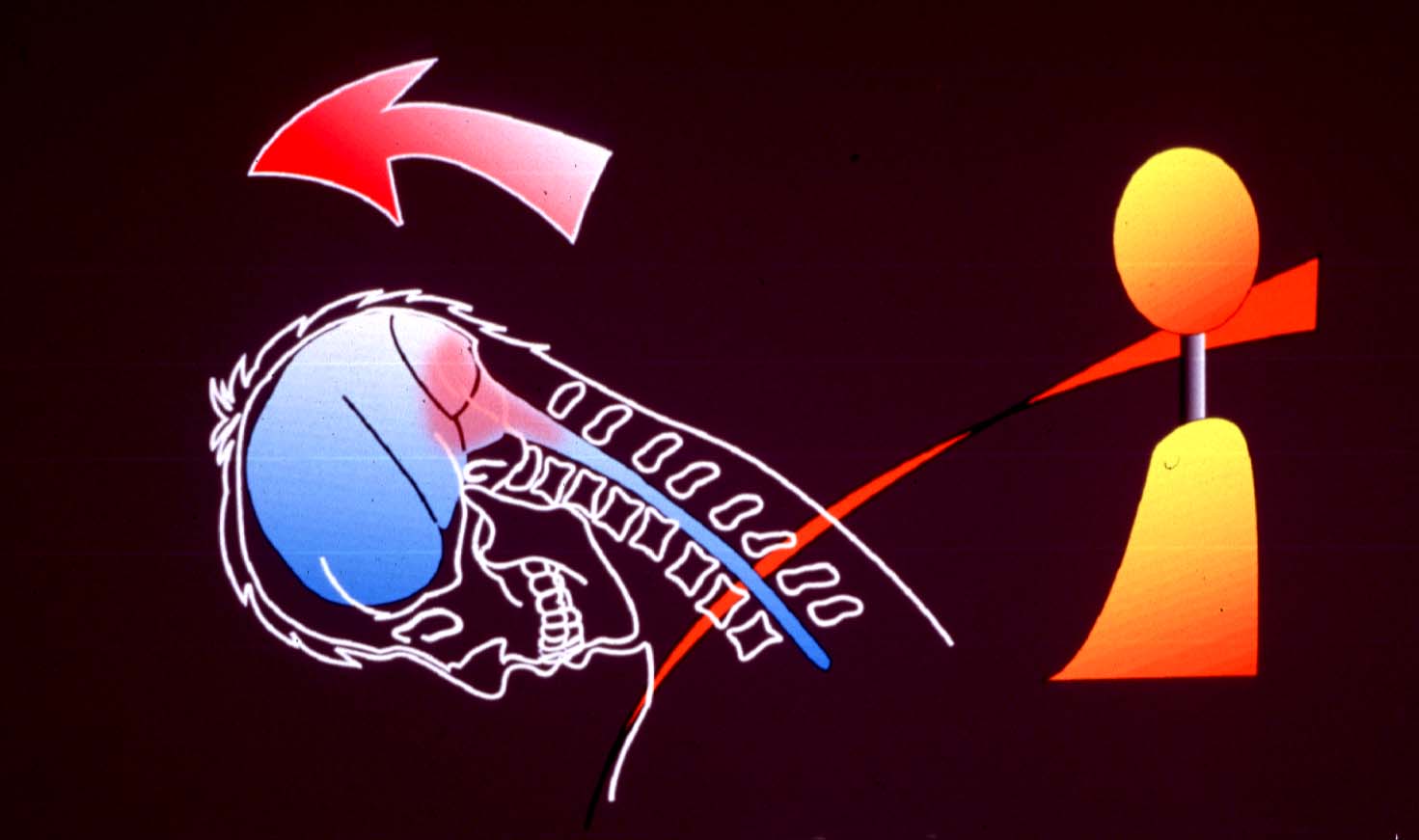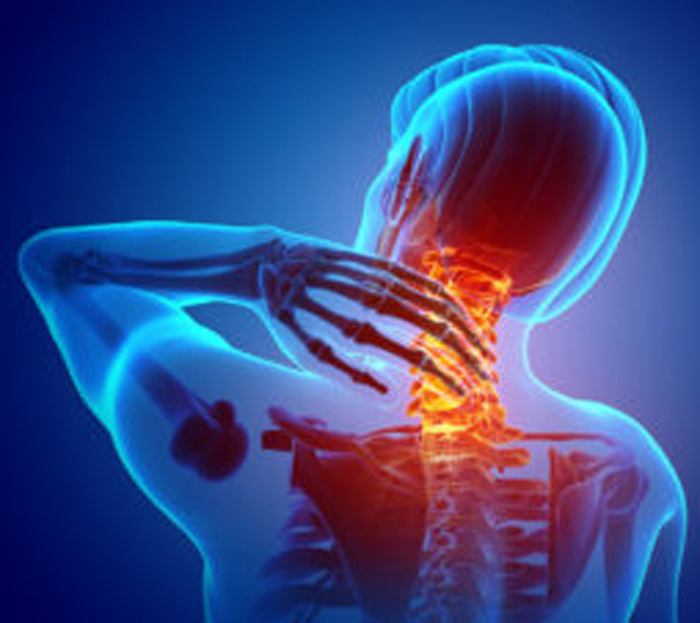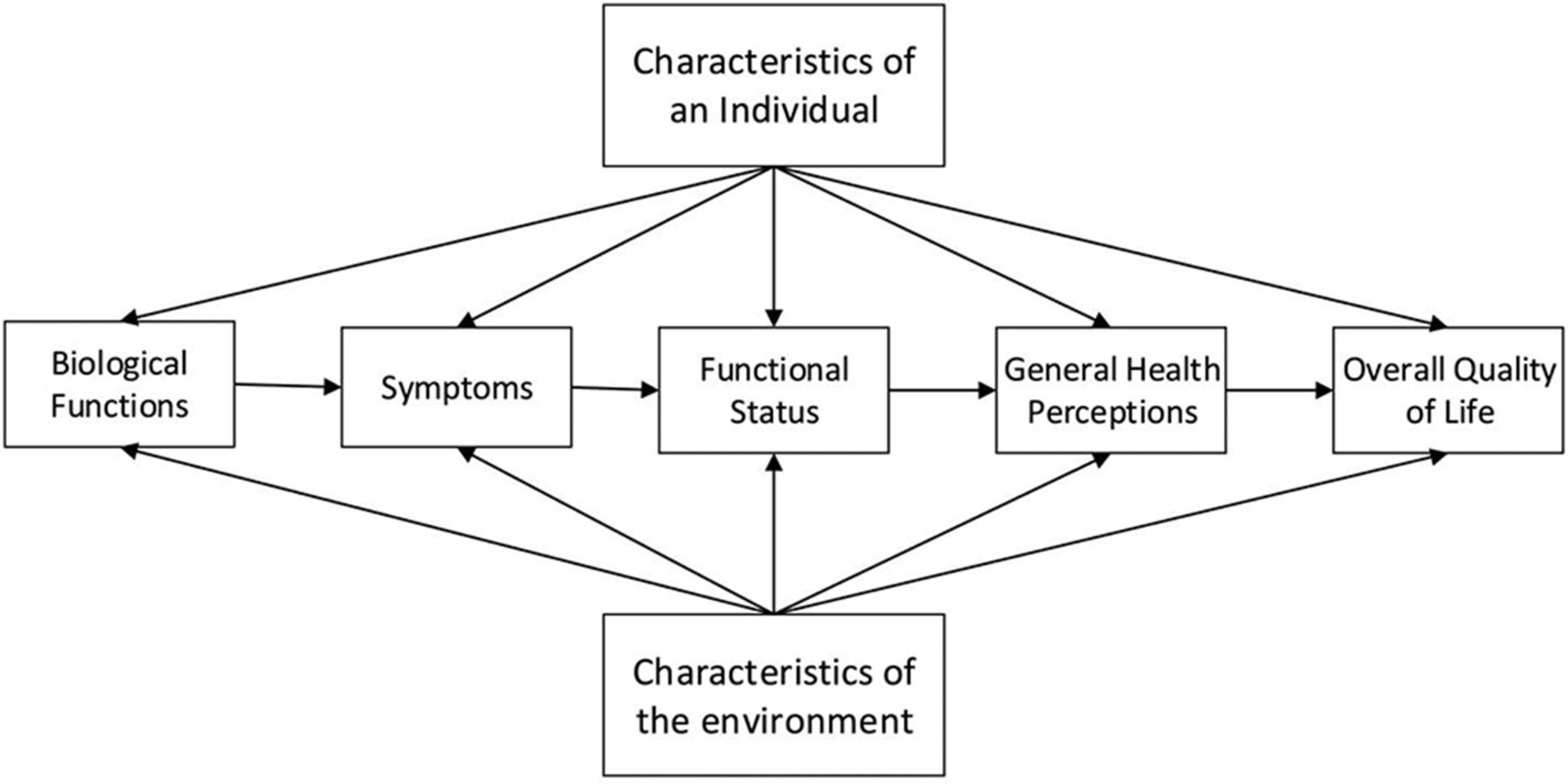Exposure to a Motor Vehicle Collision and the Risk
Exposure to a Motor Vehicle Collision and the Risk of Future Neck Pain: A Systematic Review and Meta-analysis
SOURCE: PM R. 2019 (Apr 25) [Epub]
Paul S. Nolet, DC, MS, MPH, Peter C. Emary, DC, MSc, Vicki L. Kristman, PhD, Kent Murnaghan, MA MISt,
Maurice P. Zeegers, PhD, Michael D. Freeman, MedDr, PhD
Care and Public Health Research Institute,
Maastricht University,
Maastricht, Netherlands.
OBJECTIVE: To summarize the literature that has examined the association between a motor vehicle collision (MVC) related neck injury and future neck pain (NP) in comparison with the population that has not been exposed to neck injury from an MVC.
LITERATURE SURVEY: Neck injury resulting from a MVC is associated with a high rate of chronicity. Prognosis studies indicate 50% of injured continue to experience NP a year after the collision. This is difficult to interpret due to the high prevalence of NP in the general population.
METHODOLOGY: We performed a systematic review of the literature using five electronic databases, searching for risk studies on exposure to a MVC and future NP published from 1998 to 2018. The outcome of interest was future NP. Eligible risk studies were critically appraised using the modified Quality in Prognosis Studies (QUIPS) instrument. The results were summarized using best-evidence synthesis principles, a random effects meta-analysis, meta-regression and testing for publication bias was performed with the pooled data.
SYNTHESIS: Eight articles were identified of which seven were of lower risk of bias. Six studies reported a positive association between a neck injury in an MVC and future NP compared to those without a neck injury in a MVC. Pooled analysis of the six studies indicated an unadjusted relative risk of future NP in the MVC exposed population with neck injury of 2.3 (95% CI [1.8, 3.1]), which equates to a 57% attributable risk under the exposed. In two studies where exposed subjects were either not injured or injury status was unknown, there was no increased risk of future NP.
There are more articles like this @ our:






